The 85 richest people in this world have as much money as the poorest 3.5 billion people in the world. The United States, out of all countries, has the most money flowing to the country’s richest 1 percent of people. That seems to contrast phrases such as the “land of the free” or the “land of opportunity.” Such staggering numbers inspired Gil Scullion to evoke what he describes as “a notion of historical Americana” through his display at the Seton Art Gallery. To Have | Have Not opened Jan. 31 at the Seton Art Gallery, exploring themes of “class welfare, free trade, and labor via stenciled images and text.”
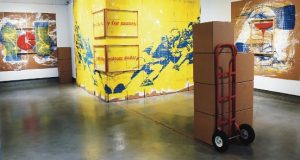
Scullion concentrated on the process of making something on the forgotten notion of creating with the hands. Using tools such as cardboard, plexiglass, paint, staples and stencils, a thematic concentration on manual labor arises. The gallery is laden in cardboard with images stenciled in primary colors and paintings on plexiglass. It is “very much a painting project,” said Scullion, and the space offered “unique opportunities with zigzagging walls” for him. The project is site-specific.
Hands are a motif in his artwork, displayed on four separate masses of cardboard. The hands embody the theme of the working class—builders and creators. Each of these four cardboard clusters also host economic statistics superimposed onto frames of plexiglass. The statistics address distribution of wealth through pie charts, bars and a wineglass. Several hand trucks stacked high with boxes are dispersed throughout the gallery.
In one protruding corner of the gallery, the words “I sell my body for money,” are divided between two perpendicular walls. Written on plexiglass, this phrase is something Scullion’s wife noticed to be graffitied on a park in Connecticut’s east side. Scullion himself was astounded by this form of “unembarrassed entrepreneurialism.” Any job realistically “uses your body up, it is a consumable commodity.” Humans sell their own body and receive money but also aching muscles, illnesses, or diseases in return. People work until they can’t any longer.
“We are all trading some aspect of our physicality for money.” stated Scullion. Time, health and spontaneity are a few things that people sell themselves short on, things that are exchanged for a paper check or a paper bill.
“Scullion tackles the white space of the gallery and presents viewers with a tug of war, illustrating an ever-present struggle in an unbalanced economy,” said Laura Marsh, director of the Seton Art Gallery.
Scullion recognizes that the opportunity to display his work in the Seton Art Gallery gave his ideas of art on wealth and power a tangible standing point. Now having a space in mind, knowing the height of walls, the zigzagging corners of the gallery helped give that extra spark of ingenuity.
“I’m making art that creates a theatrical feeling,” said Scullion. When asked if he would ever take this piece to another space, Scullion said that the work is specifically for this gallery. He would recreate everything for a different space.
Scullion’s recent projects have been part of a series embodying “Presence Through Absence.” Scullion previously did a project on passive aggressive behavior and how individuals can withdraw stimulus and express emotions through a lack thereof. He also created a project on insomnia, how it is not a tangible thing, but the absence of another (sleep). The idea of something existing only through its absence is a common theme of Scullion’s.
Nietzsche’s existentialist theories and the idea of nothing were also ideas that intrigued Scullion.
Linking art with philosophical thoughts is no rarity in his works. Themes of power and concentration of wealth were also rooted in philosophical ideas (Carl Marx may come to mind). The art display itself is named after an Ernest Hemingway novel, which Scullion proclaims that he most likely “read before the invention of paper.”
Through songs, phrases, graphs, boxes and stenciled images, Scullion addresses “unequal distribution of wealth and underappreciated materials.” Let the rich be rich, is Scullion’s point of view, but he questions “how much more do they really want?”
The Seton Art Gallery is open Monday-Wednesday 12-6 p.m., Thursday 1-6 p.m. and Friday-Saturday 12-4 p.m., and Gil Scullion’s art will be on display until the Feb. 24.




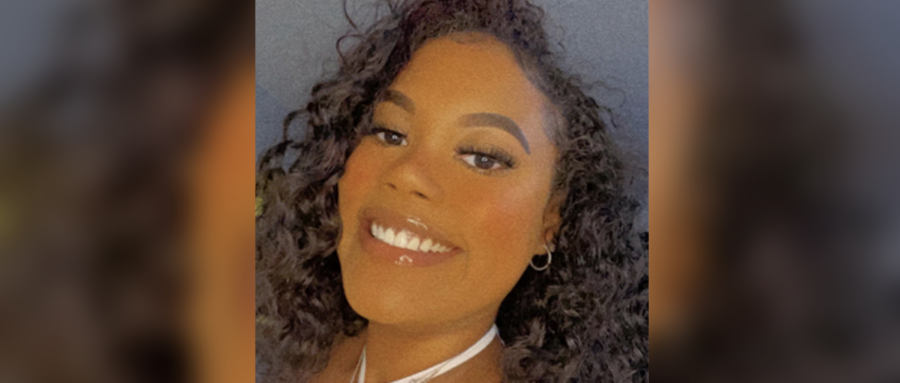


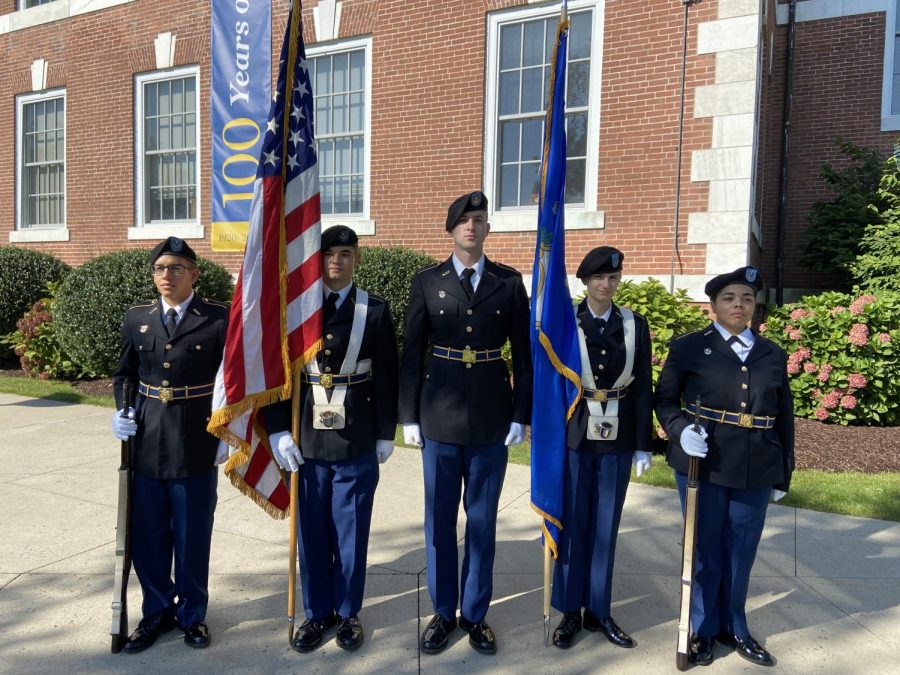
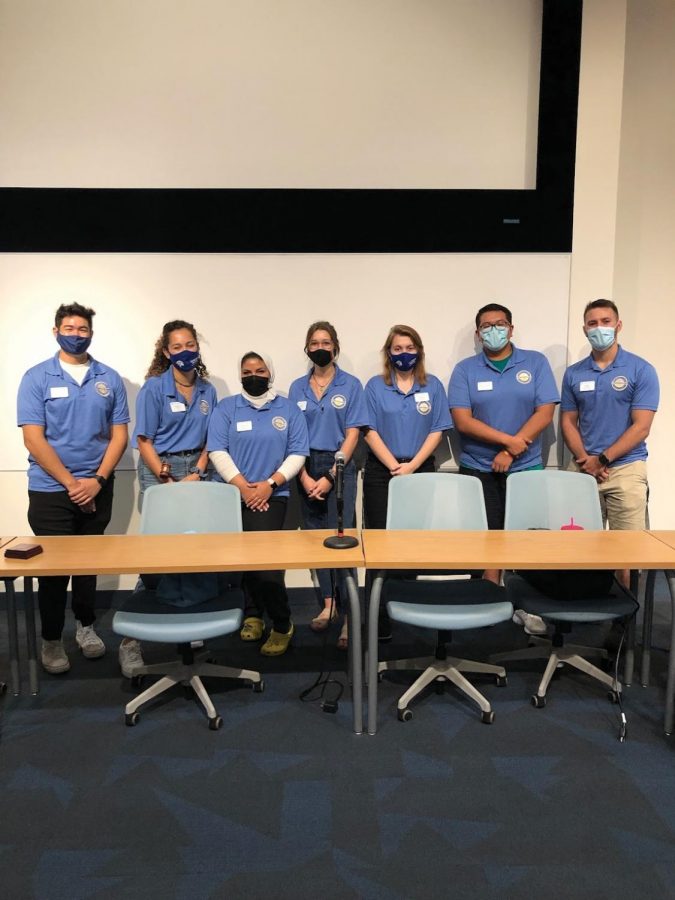
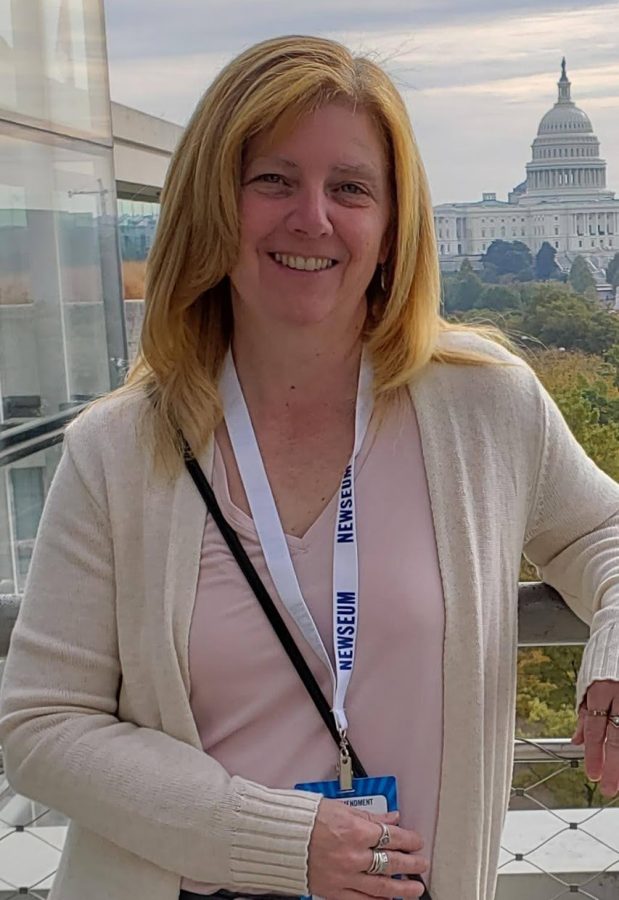

Eric Neilson • Feb 5, 2014 at 5:33 pm
Because of this article, I’d go see the exhibit! The concepts behind his art are unique and confrontational to the current norm of society. This is a very well written article! Kudos My dear!
Eric Neilson • Feb 5, 2014 at 5:32 pm
Because of this article, I’d go see the exhibit! The concepts behind his art is unique and confrontational to the current norm of society. This is a very well written article! Kudos My dear!
Eric Neilson • Feb 5, 2014 at 5:31 pm
Because of this article, I’d go see the exhibit! The concepts behind his art is unique and confrontational to the current norm of society. This is a very well written article! Kudos Patricia.